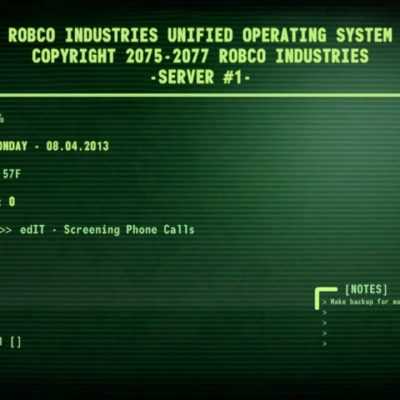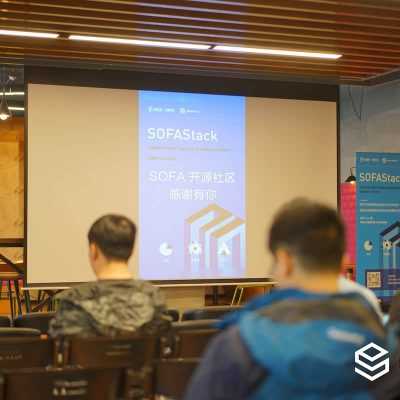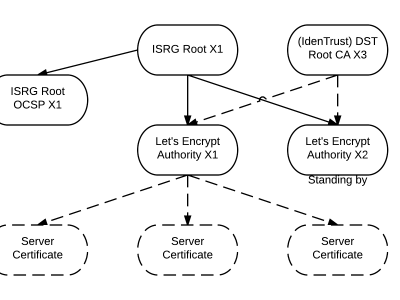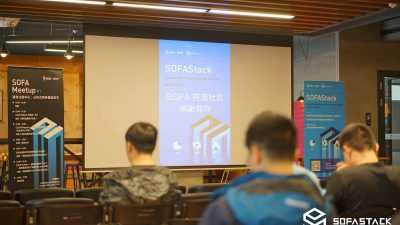構建一個即時消息應用(五):實時消息

本文是該系列的第五篇。
對於實時消息,我們將使用 伺服器發送事件 。這是一個打開的連接,我們可以在其中傳輸數據流。我們會有個端點,用戶會在其中訂閱發送給他的所有消息。
消息戶端
在 HTTP 部分之前,讓我們先編寫一個 映射 ,讓所有客戶端都監聽消息。 像這樣全局初始化:
type MessageClient struct {
Messages chan Message
UserID string
}
var messageClients sync.Map
已創建的新消息
還記得在 上一篇文章 中,當我們創建這條消息時,我們留下了一個 「TODO」 注釋。在那裡,我們將使用這個函數來調度一個 goroutine。
go messageCreated(message)
把這行代碼插入到我們留注釋的位置。
func messageCreated(message Message) error {
if err := db.QueryRow(`
SELECT user_id FROM participants
WHERE user_id != $1 and conversation_id = $2
`, message.UserID, message.ConversationID).
Scan(&message.ReceiverID); err != nil {
return err
}
go broadcastMessage(message)
return nil
}
func broadcastMessage(message Message) {
messageClients.Range(func(key, _ interface{}) bool {
client := key.(*MessageClient)
if client.UserID == message.ReceiverID {
client.Messages <- message
}
return true
})
}
該函數查詢接收者 ID(其他參與者 ID),並將消息發送給所有客戶端。
訂閱消息
讓我們轉到 main() 函數並添加以下路由:
router.HandleFunc("GET", "/api/messages", guard(subscribeToMessages))
此端點處理 /api/messages 上的 GET 請求。請求應該是一個 EventSource 連接。它用一個事件流響應,其中的數據是 JSON 格式的。
func subscribeToMessages(w http.ResponseWriter, r *http.Request) {
if a := r.Header.Get("Accept"); !strings.Contains(a, "text/event-stream") {
http.Error(w, "This endpoint requires an EventSource connection", http.StatusNotAcceptable)
return
}
f, ok := w.(http.Flusher)
if !ok {
respondError(w, errors.New("streaming unsupported"))
return
}
ctx := r.Context()
authUserID := ctx.Value(keyAuthUserID).(string)
h := w.Header()
h.Set("Cache-Control", "no-cache")
h.Set("Connection", "keep-alive")
h.Set("Content-Type", "text/event-stream")
messages := make(chan Message)
defer close(messages)
client := &MessageClient{Messages: messages, UserID: authUserID}
messageClients.Store(client, nil)
defer messageClients.Delete(client)
for {
select {
case <-ctx.Done():
return
case message := <-messages:
if b, err := json.Marshal(message); err != nil {
log.Printf("could not marshall message: %vn", err)
fmt.Fprintf(w, "event: errorndata: %vnn", err)
} else {
fmt.Fprintf(w, "data: %snn", b)
}
f.Flush()
}
}
}
首先,它檢查請求頭是否正確,並檢查伺服器是否支持流式傳輸。我們創建一個消息通道,用它來構建一個客戶端,並將其存儲在客戶端映射中。每當創建新消息時,它都會進入這個通道,因此我們可以通過 for-select 循環從中讀取。
伺服器發送事件 使用以下格式發送數據:
data: some data herenn
我們以 JSON 格式發送:
data: {"foo":"bar"}nn
我們使用 fmt.Fprintf() 以這種格式寫入響應 寫入器 ,並在循環的每次迭代中刷新數據。
這個循環會一直運行,直到使用請求上下文關閉連接為止。我們延遲了通道的關閉和客戶端的刪除,因此,當循環結束時,通道將被關閉,客戶端不會收到更多的消息。
注意, 伺服器發送事件 (EventSource)的 JavaScript API 不支持設置自定義請求頭?,所以我們不能設置 Authorization: Bearer <token>。這就是為什麼 guard() 中間件也會從 URL 查詢字元串中讀取令牌的原因。
實時消息部分到此結束。我想說的是,這就是後端的全部內容。但是為了編寫前端代碼,我將再增加一個登錄端點:一個僅用於開發的登錄。
via: https://nicolasparada.netlify.com/posts/go-messenger-realtime-messages/
作者:Nicolás Parada 選題:lujun9972 譯者:gxlct008 校對:wxy
本文轉載來自 Linux 中國: https://github.com/Linux-CN/archive






















